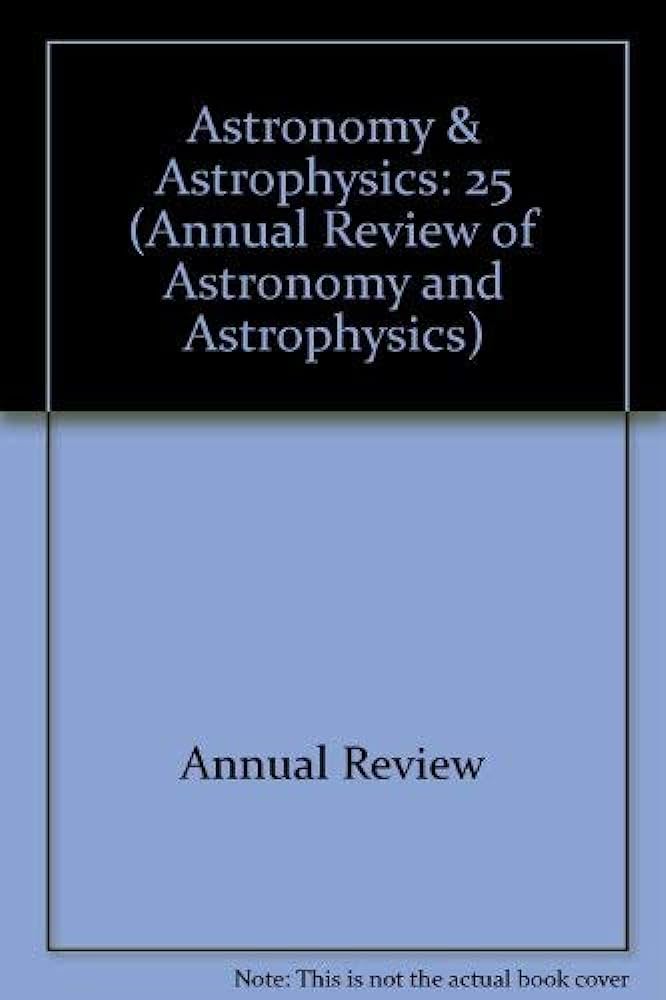本地组定时质量
IF 32.5
1区 物理与天体物理
Q1 ASTRONOMY & ASTROPHYSICS
Annual Review of Astronomy and Astrophysics
Pub Date : 2025-08-22
DOI:10.1146/annurev-astro-121024-051405
引用次数: 0
摘要
本星系群(LG)的经典模型是由银河系和M31这两个主要组成部分组成的,它们首先从哈勃流中分离出来,然后又从哈勃流中分离出来,形成一个接近径向的轨道。这个简单的模型已经被新的三维M31运动学测量、宇宙学模拟和对大质量子结构(如大麦哲伦星云)影响的理论理解所挑战。本文探讨了新的观测结果和理论对确定LG质量和动力学的影响。▪M31的切向速度测量和宇宙学常数的贡献都使LG的隐含定时质量增加到~ 5 × 1012 M⊙。▪LG的定时质量估计往往大于银河系和M31光晕质量的总和,也大于独立的LG质量估计。▪精确的未来运动学有可能探索这种差异的起源,并阐明LG中的暗物质,其角动量的起源,甚至可能是宇宙学参数的局部值。本文章由计算机程序翻译,如有差异,请以英文原文为准。
Timing Mass of the Local Group
The classic model of the Local Group (LG) is that of two dominant constituents, the Milky Way and M31, first separating and then detaching from the Hubble flow, leading to a nearly radial-approaching orbit. This simple model has been confronted by new measurements of the three-dimensional M31 kinematics, by cosmological simulations, and by theoretical understanding of the impact of massive substructures, such as the Large Magellanic Cloud. This article explores the consequences of new observations and theory on the determination of the mass and dynamics of the LG. ▪ The M31 tangential velocity measurement and contribution from the cosmological constant both increase the implied timing mass of the LG to be ∼5 × 1012 M⊙ . ▪ Timing mass estimates for the LG tend to be greater than the sum of the Milky Way and M31 halo masses, and greater than independent LG mass estimators. ▪ Precision future kinematics have the potential to explore the origin of this difference and shed light on dark matter in the LG, the origin of its angular momentum, and possibly even local values of cosmological parameters.
求助全文
通过发布文献求助,成功后即可免费获取论文全文。
去求助
来源期刊

Annual Review of Astronomy and Astrophysics
地学天文-天文与天体物理
CiteScore
54.80
自引率
0.60%
发文量
14
期刊介绍:
The Annual Review of Astronomy and Astrophysics is covers significant developments in the field of astronomy and astrophysics including:The Sun,Solar system and extrasolar planets,Stars,Interstellar medium,Galaxy and galaxies,Active galactic nuclei,Cosmology,Instrumentation and techniques,
History of the development of new areas of research.
 求助内容:
求助内容: 应助结果提醒方式:
应助结果提醒方式:


